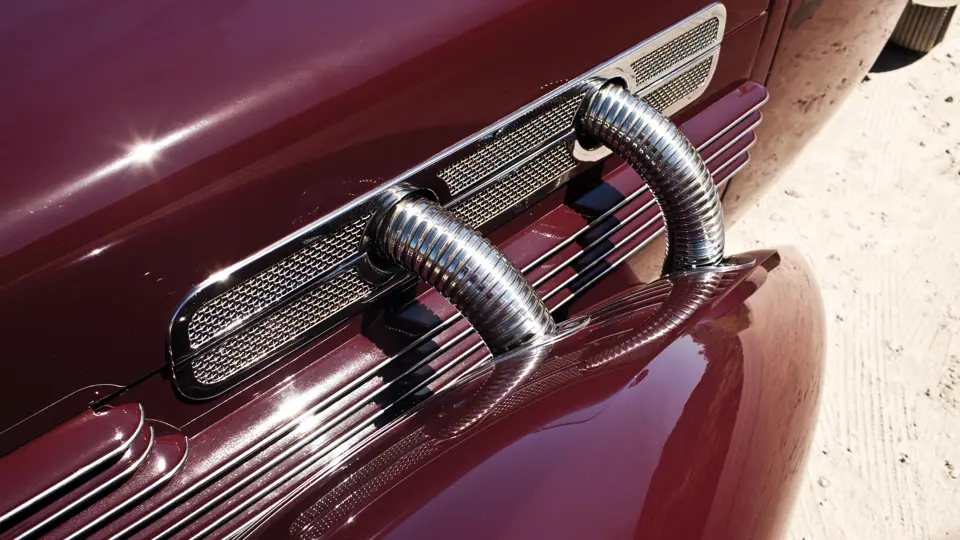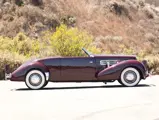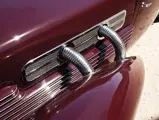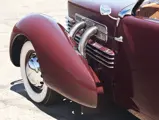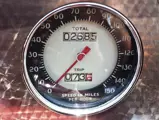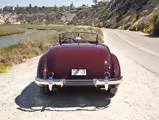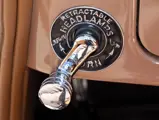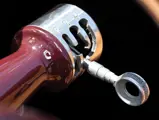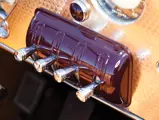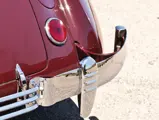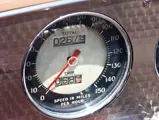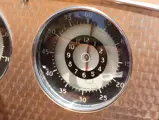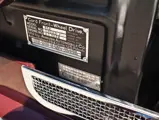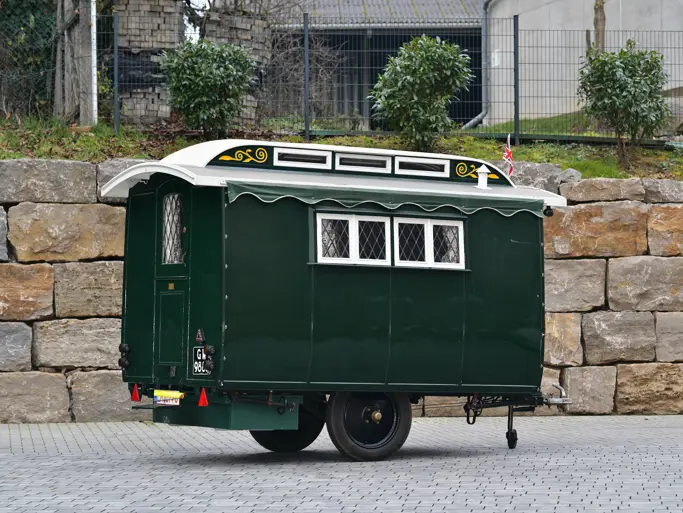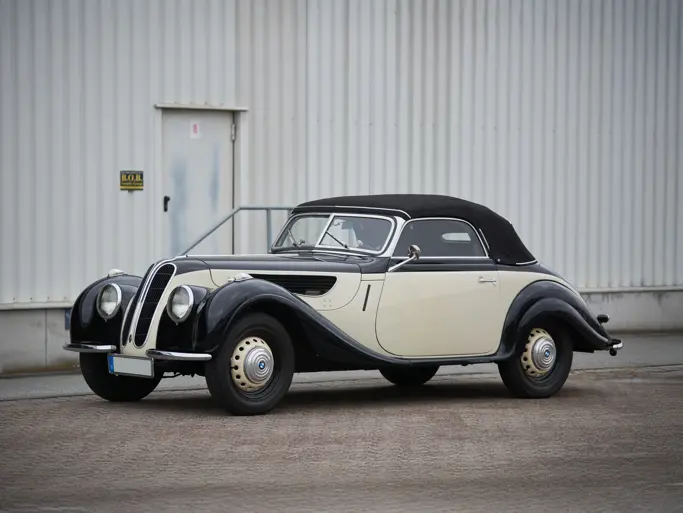Model 812SC. 170 bhp, 288.6 cu in supercharged L-head V-8 engine with four-speed preselector transmission, independent front suspension with trailing arms and transverse leaf spring, tubular beam rear axle with semi-elliptic leaf springs, and four-wheel hydraulic drum brakes. Wheelbase: 125"
• Factory supercharged engine
• The famed “Richardson Cord”
In 1929, industrialist E.L. Cord introduced the mighty Duesenberg Model J, advertised as “The World’s Finest Motorcar.” But he also showcased a new car, a test-bed for radically new automotive innovations, much like Preston Tucker would do 20 years later. This was the Cord L-29, the first front-wheel-drive car sold to the American public. Its long, low, sleek appearance was popular for its styling and superb handling, but it was only a start. For four years, he collaborated with his engineers and designers, including Duesenberg styling genius Gordon Buehrig. Features for the new car included a preselector transmission (later used in the Tucker), hidden fuel-filler door, independent front suspension, no running boards, pontoon fenders, disappearing headlights, radio, variable-speed windshield wipers, and a wrap-around chrome grill. The most trend-setting American car in history, the Cord 810, was born. Many of its design innovations would not become standard on other makes for decades.
Introduced in late-1935 at the New York Auto Show, the 810 created a sensation. Crowds around it were so deep that people were forced to stand on other display cars just to get a glimpse. Deliveries began in 1936, but the Depression finally caught up to the Cord empire, and 1937 was to be the final model year. During this time, the cars (now designated Model 812) were available for the first and only time with an optional supercharger, which boosted power to almost 200 hp. The supercharged cars could also be fitted with magnificent outside exhaust pipes, giving the car its most iconic look. At the height of the Depression, sadly, few could afford this luxury.
Presented here is one of a handful of “ultimate-spec” Cords: the Supercharged Convertible Coupe, informally known as the “Sportsman,” and fully certified by the Auburn Cord Duesenberg Club as one of only 64 ever produced. Perhaps a third of them remain today. In this car’s documented history, its best-known owner was the late Lee Richardson, of Arizona, who kept the car for almost 30 years. One of the earliest contractors with the Disney Corporation, Mr. Richardson was also an incredibly talented engineer and machinist. What started as a hobby became a flourishing business, as he set about making engineering improvements to the complex Cord transmission, invisible to the naked eye but using modern components and materials. He also improved the constant velocity joints in the front-drive assembly and the valve lifters in the engine. The result is the best of both worlds: a much-improved Cord indistinguishable from the original factory car. The upgraded parts were so successful that Mr. Richardson’s son William, a talented mechanic himself and a Porsche restorer in Phoenix, continues the business to this day, replacing worn Cord drivetrain parts sent to him by owners worldwide with new ones of his father’s design. This particular car is now so identified with Lee Richardson and his improvements that it is known in collector car circles as “The Richardson Cord.”
Ever the tinkerer, Lee also added a few upgrades to make the car more useable in modern traffic, such as a discreet electric fuel pump, electric cut-off switch, and electric radiator fan. These were designed to be easily removed, should the new owner wish to return the car to original specs for judging. The car today is presented in striking restored condition, ready for the show circuit, tours, or just enjoying its remarkable lines as one of the most beautiful and advanced American cars ever made.
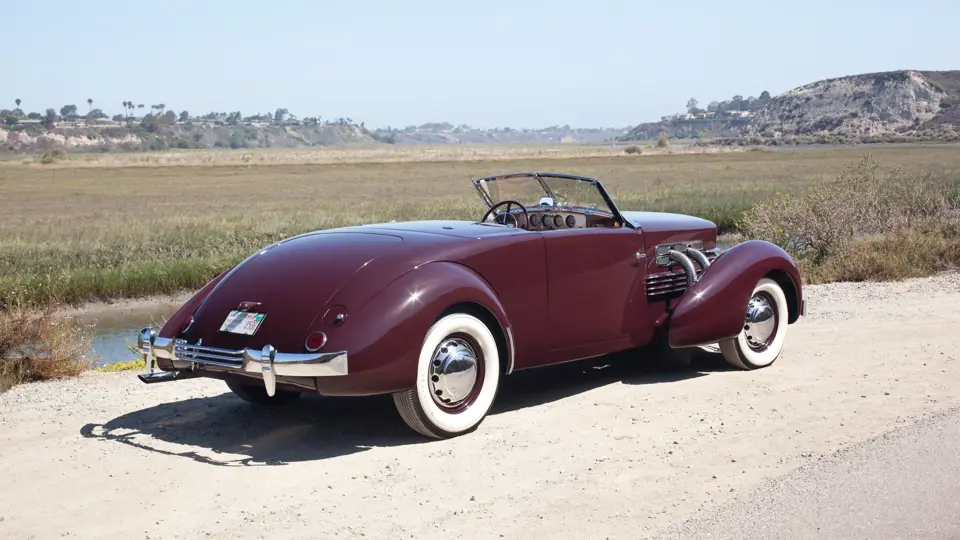



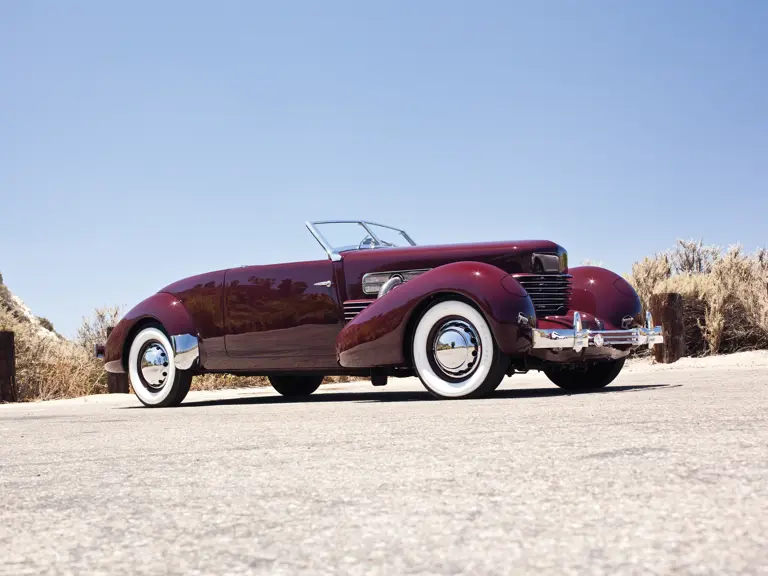
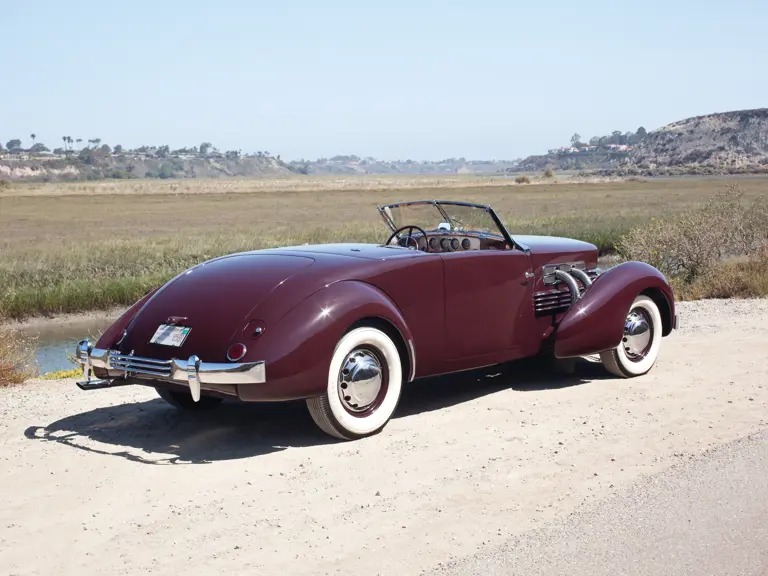
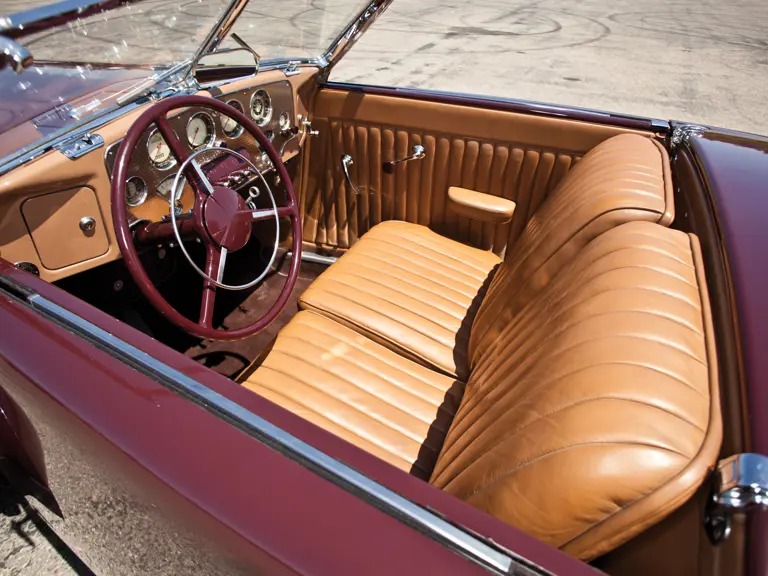
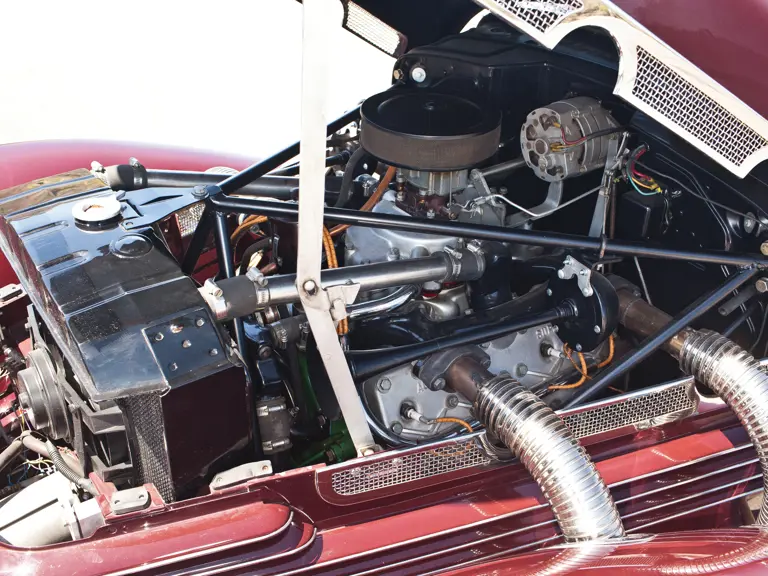
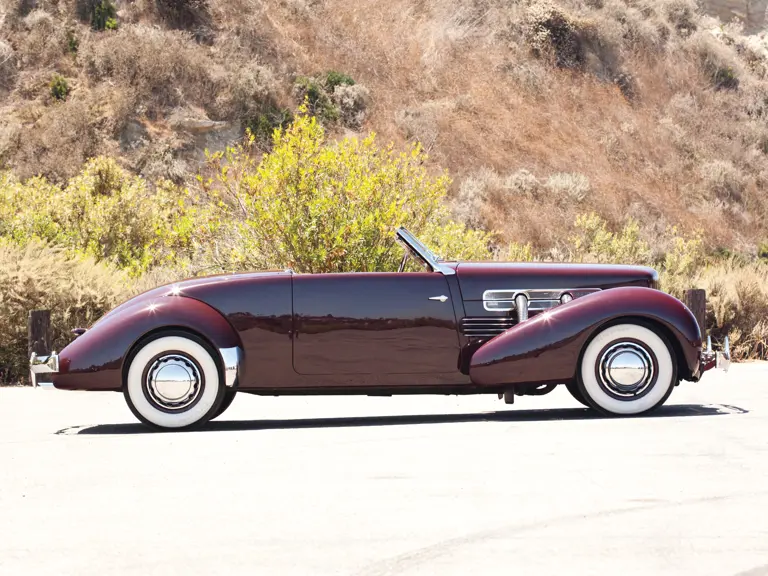





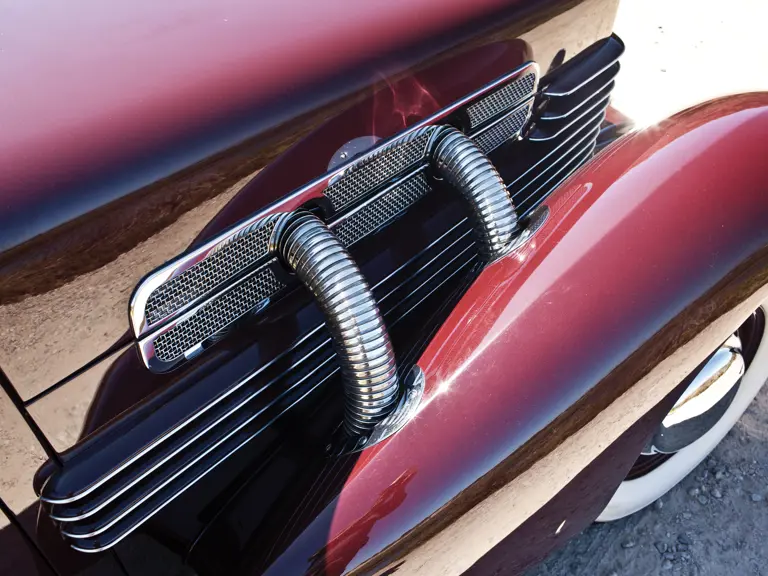
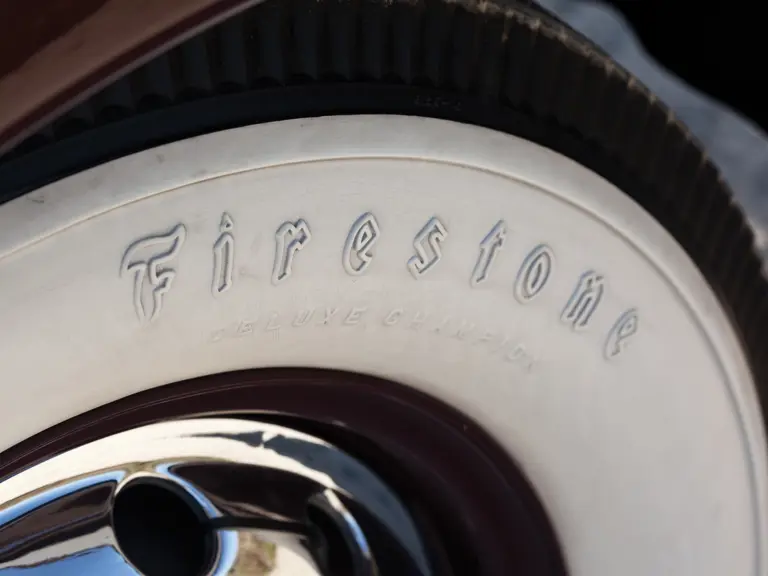

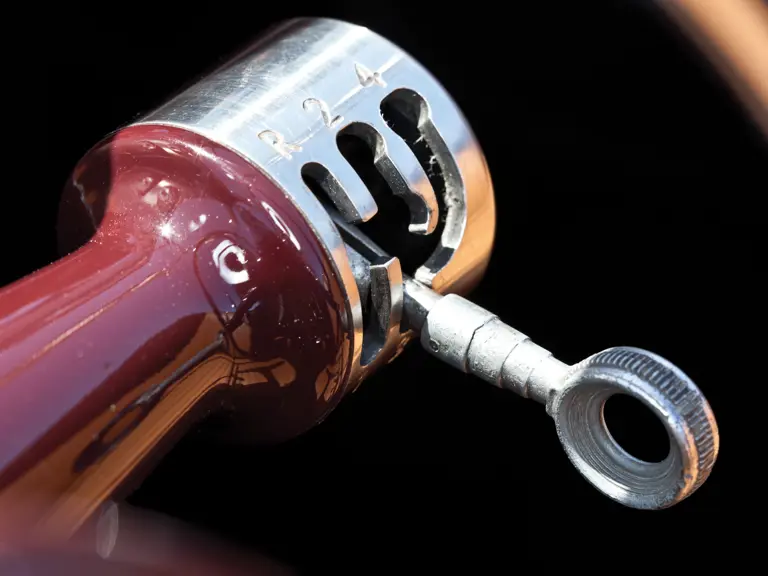


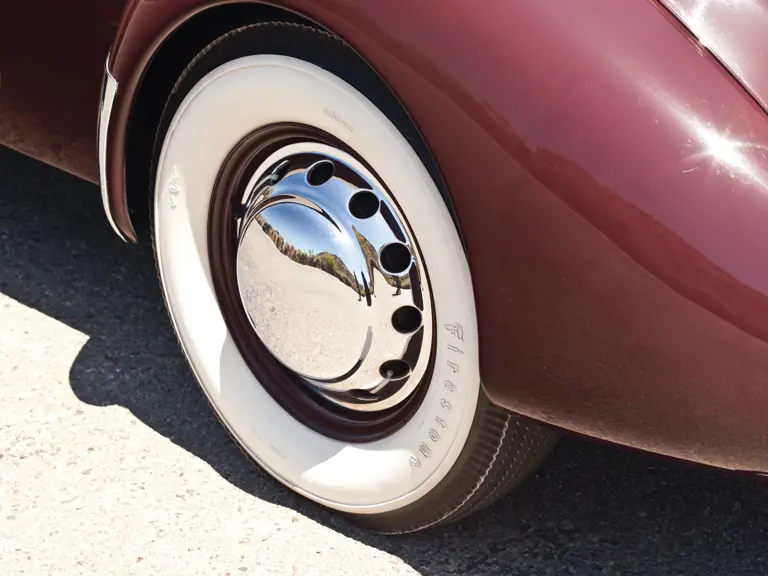


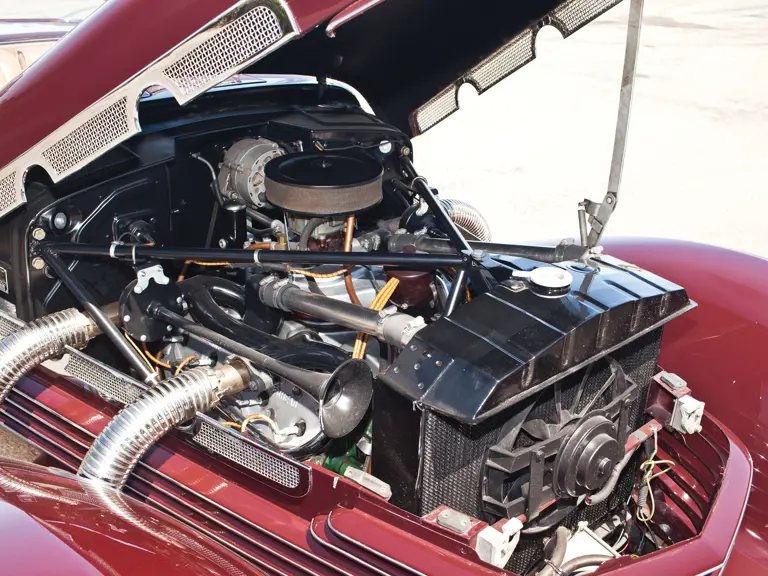

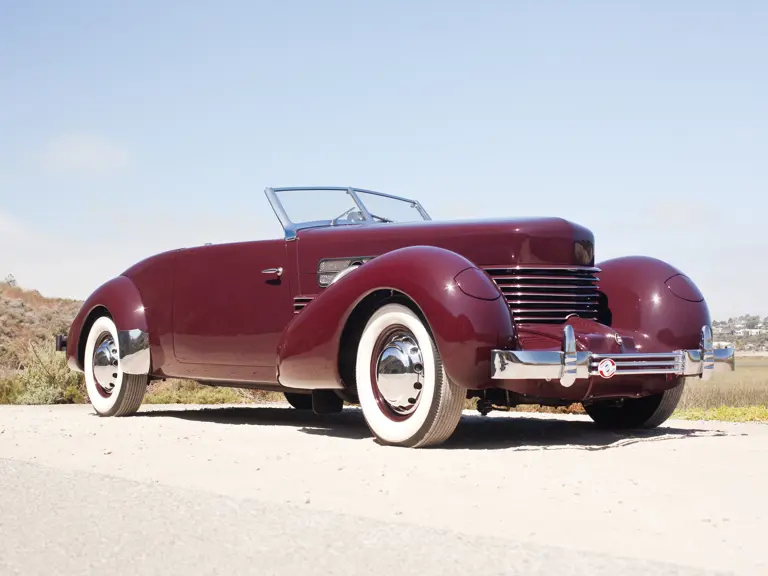
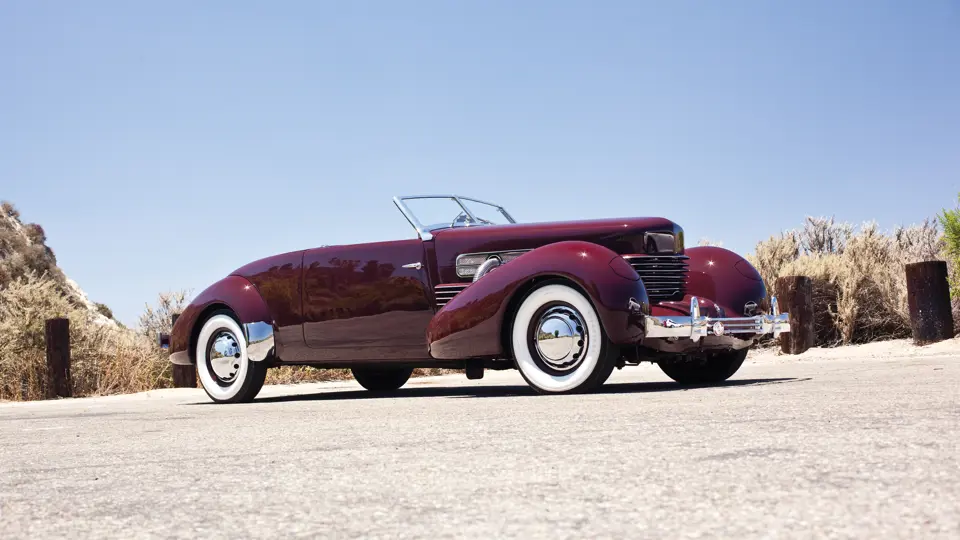
 | Monterey, California
| Monterey, California

